Overheating of water in the washing machine
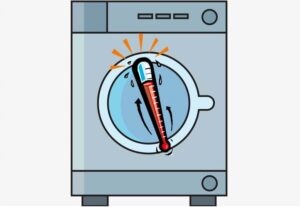 Sometimes users may experience that the washing machine overheats the water. This is an extremely unpleasant situation. Firstly, things can deteriorate - woolen items will shrink, colored items will fade if the temperature is not maintained. Secondly, the heating element suffers - it works at increased loads, and at this rate it quickly breaks down. Thirdly, the machine begins to consume more electricity. Let's figure out how to deal with this problem.
Sometimes users may experience that the washing machine overheats the water. This is an extremely unpleasant situation. Firstly, things can deteriorate - woolen items will shrink, colored items will fade if the temperature is not maintained. Secondly, the heating element suffers - it works at increased loads, and at this rate it quickly breaks down. Thirdly, the machine begins to consume more electricity. Let's figure out how to deal with this problem.
How does the breakdown manifest itself?
It is not so easy to understand that the machine has begun to overheat the water. Usually the user learns about such a malfunction by indirect signs. For example, if things faded when starting a delicate program, you should think about the incorrect operation of the heating element.
You also need to “sin” for overheating if a sweater washed on the “Wool” program at 30°C suddenly shrinks several sizes and is now more suitable for a child. Of course, sometimes the matter is much more obvious. For example, an automatic machine may “boil.” The body and hatch door get very hot, and steam comes out from under the top cover of the washing machine.
Of course, most often the machine does not boil the laundry, but errs by 10-30°C, but even such an excess of temperature can be fatal for some things. If it overheats, you will have to forget about the possibility of washing wool, silk, and other delicate fabrics. What should a user do if he notices that the machine is not working correctly?
If you notice that the machine is overheating, immediately turn off the power to the equipment.
If the washing machine has completed the cycle, and you found out about the error after the fact - from damaged items, then simply unplug the power cord from the outlet. If you notice that heat is coming from the machine during the washing process, be sure to interrupt the program in progress. Pause and try to start the “Drain” mode, then turn off the power to the device.
Due to overheating, the control module of the washing machine may not respond to commands, and it will not be possible to start draining. Then you just need to unplug the cord from the outlet. There are several tens of liters of hot water in the drum, so it will take 4-5 hours for it to cool down. As time passes, you will have to manually remove water from the tank through the hole in the garbage filter, then open the door and take out your things.
After the SMA is unloaded, you can begin to diagnose and find the cause of the problem. Let's figure out what can lead to overheating. How to deal with this problem.
What could have gone wrong?
To identify which element of the system is causing the breakdown, it is worth understanding how the water is heated in the washing machine. You need to understand which nodes and sensors are involved in the process. So what happens inside the machine?
- After starting the washing mode, the control module sends a signal to the heating element, thus giving a command to what temperature the water in the tank should be “brought” to.
- The thermostat monitors the heating degree, and as soon as the desired temperature is reached, the sensor notifies the machine’s “brain” about this.
- The control module gives a command to the heating element that it is time to stop heating.
Overheating of the water in the washing machine can result from a breakdown of the heating element, temperature sensor or control module.
So, the machine can boil water if the heating element, thermistor or the main electronic module fails. Rarely, the cause of incorrect operation of the washing machine is burnt out wiring.Let's figure out where to start diagnosing.
Troubleshooting
You can perform the diagnosis yourself, at home. To check the washing machine you will need a multimeter, a screwdriver and pliers. It is recommended to start by inspecting the heating element and thermostat.
Be sure to read the instructions for the machine - with its help you can understand which side the heating element is located on. Usually the heating element is located at the back, under the tank, but on some washing machines it can be located at the front. Most often, the heating element and thermistor are installed at the rear. To get to them you need to:
- turn off the power to the machine;
- close the shut-off valve;
- unhook the inlet hose and drain hose from the body;
- remove the top cover by unscrewing a pair of bolts holding it;
- remove the back wall of the case (removing the screws securing it);
- take a photograph of the diagram for connecting the chips to the heating element, reset the wiring;
- Inspect wires and contacts for damage.
If the insulation of the wires is broken or they are burnt, the operation of the heating element may not be controlled by the control module.
Next you need to check the tubular heater with a multimeter. Switch the tester to ohmmeter mode and attach its probes to the element contacts. If the device display shows a value of about 20 Ohms, the heating element is working. Zero will indicate an internal short circuit, one or a number tending to infinity will indicate an open circuit.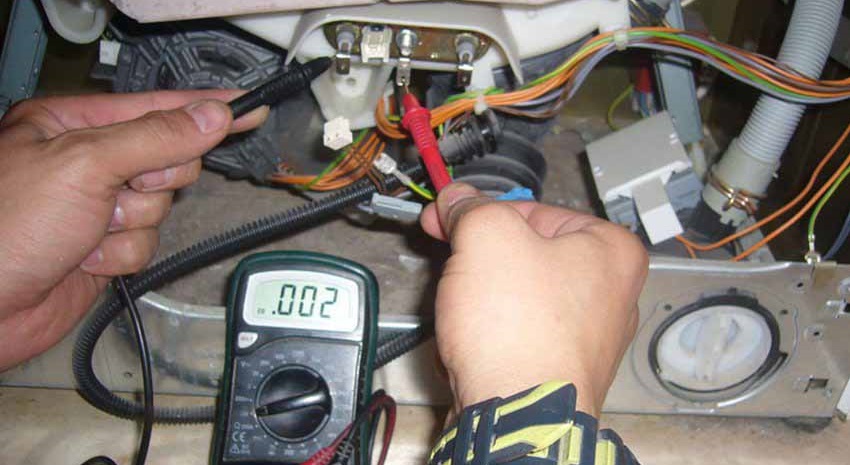
The thermostat is also checked with a multimeter. The probes are placed against the sensor contacts, and the resistance is measured at a temperature difference. At 20°C, the device screen should display a value of 6000 Ohms. After immersing the thermistor in hot water (about 50°C), the indicator should drop to 1350 Ohms.
If the elements are found to be faulty, they will have to be replaced.It is necessary to unscrew the central nut securing the heater and press the screw inward. After this, remove the heating element from the socket and remove the temperature sensor. Installation of new parts is carried out in reverse order.
The most difficult thing is when overheating is caused by a faulty control board. If the “brain” does not give the heating element a signal to turn off, then it will continue to boil water. When the control module misinterprets the data transmitted by the thermistor, a temperature rise of 10-30°C may be observed. The problem can be solved by flashing or replacing the main electronic unit.
It is better to entrust the repair of the control module to a specialist; you should not “message” into the electronics of the machine yourself without having the necessary knowledge and experience.
You can only confirm your guesses by examining the module yourself. To do this, you will have to turn off the power to the machine, remove the top cover, pull out the powder receptacle, and remove the control panel along with the unit. Check to see if there are any burns on the board. If you find defects, you should not engage in amateur activities. It’s better to invite a specialist right away.
Interesting:
Reader comments
- Share your opinion - leave a comment
Categories
Washing machine repair


For buyers

For users

Dishwasher

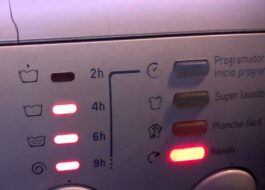
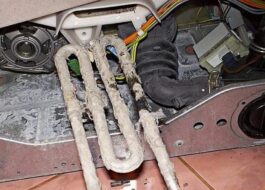


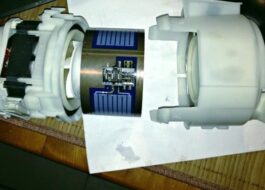
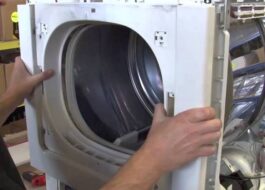










Add a comment